PROFESSIONAL SECRETS OF
Wedding Photography
Second Edition
Douglas Allen Box
AMHERST MEDIA, INC.  BUFFALD, NY
BUFFALD, NY
Copyright 2003 by Douglas Allen Box.
All photographs by the author.
All rights reserved.
Published by:
Amherst Media, Inc.
P.O. Box 586
Buffalo, N.Y. 14226
Fax: 716-874-4508
www.AmherstMedia.com
Publisher: Craig Alesse
Senior Editor/Production Manager: Michelle Perkins
Assistant Editor: Barbara A. Lynch-Johnt
ISBN: 1-58428-087-5
Library of Congress Control Number: 2002103406
Printed in Korea.
10 9 8 7 6 5 4 3 2 1
No part of this publication may be reproduced, stored, or transmitted in any form or by any means, electronic, mechanical, photocopied, recorded or otherwise, without prior written consent from the publisher.
Notice of Disclaimer: The information contained in this book is based on the authors experience and opinions. The author and publisher will not be held liable for the use or misuse of the information in this book.
About the Author

Douglas Allen Box, M. Photog. Cr., CPP, has spent years inspiring photographers of all levels to go beyond the normal studio experience and create a more successful and creative business. Besides being an excellent photographer, he is a dynamic and entertaining speaker and has appeared in seminars and conventions across the U.S., Canada and Mexico. He was also chosen by Hasselblad University to teach at their International Wedding Institute in 1998, 1999 and 2000 and 2001. His fun and genuine style of teaching will help you learn to be a better photographer. His articles and images have graced the pages of most professional photographic publications. He is the author of The Photographic Success Newsletter, and has authored two successful books, Professional Secrets for Photographing Children and Professional Secrets of Natural Light Portrait Photography, both published by Amherst Media.

Introduction

While speaking with a prospective client on the phone one day, I asked, Are photographs important to you? The womans answer changed the way I thought about weddings. She replied, Of course, thats why we are having a wedding!
Chuckling, I commented, I thought thats what the groom is for. Insightfully, she continued, The groom is for the marriage, the reason for the wedding is to share it with friends and family and to record it for posterity!
She was right. The marriage is about the love the bride and groom share with each other. You can have a marriage without planning a special wedding event. The wedding is an event designed to allow the couple to share this special day with the people they care about the most.
This means that our job as wedding photographers is multifaceted. We must:
The wedding allows the couple to snare their special aau with the people they care about most .
Capture the Emotion. Show the personality of the wedding, the way the bride dreamed it would be.
Record the Details. Preserve the little things that make her wedding different from every other wedding in the world.
Show Her Beauty. This is one of the most important days in her life and she will never look more radiant. Our job is to put her on film in all her beauty.
Give Her Peace of Mind. Once she hires you, the bride and her family dont want to have to worry about photography. She trusts you. She trusts that you will create beautiful images and be professional.
In this book, you will learn the skills you need to accomplish all of these objectives, from taking top-notch wedding portraits, with beautiful lighting and elegant posing, to working with your clients and their guests to make being photographed by you a good experience for everyone involved.



The Archway

To me, film is cheaper than time at a wedding. On the wedding day, everything is in a state of perpetual motion, and that means that if a moment is not captured perfectly the instant it occurs, it may be gone forever. To improve the odds of getting this shot just right (and to provide myself with a couple of images to choose from for the album), I decided to take two pictures here. Creating multiple shots opens up your options when the time comes to assemble your images. Whether you choose a dramatic series of images with a lot of contrast, or something more subdued that shows a lot of detail, youll be able to match up the feel of your shots with other wedding-day images when you take more than one photograph.
To get the first image, I pointed the meter toward the open sky area, then set the camera and made the exposure. This image was the original print from the lab. It could have been printed down for more of a silhouette look.
In the second image, I set the flash two stops under the meter reading. The camera flash was used as a fill light. When I say that I set the flash two stops under the meter reading I am adding flash as a fill light, not using it as a main light. The ambient light is still the main light source.
While every flash is different, with the Quantum Q-Flash, I can set the output of the flash exposure in -stop increments. For example, if the ambient reading is f5.6 at 1/60, and I matched the output of the flash to the ambient reading of f5.6, the flash would overpower the ambient light and create a flat quality in the lighting. By reducing the output of the light from the flash unit, the flash fills in the darker areas but is not overpowering.
In this example, I set the flash to give me f2.8 of light. On a manual flash system, I would have simply turned down the flash until the output was f2.8. With some other systems, I could have set the flash at the -2 setting, thereby achieving two stops under the recommended amount of light. This is a very important concept that will be discussed further in the following pages.

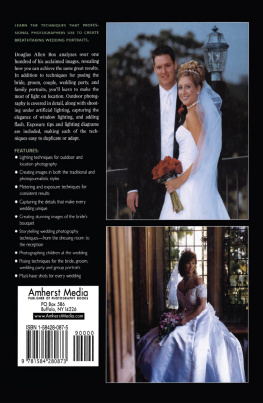
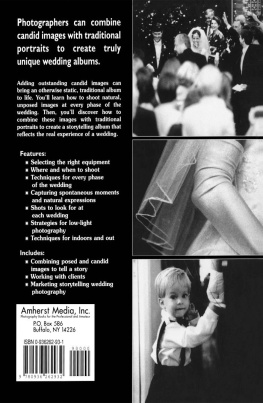

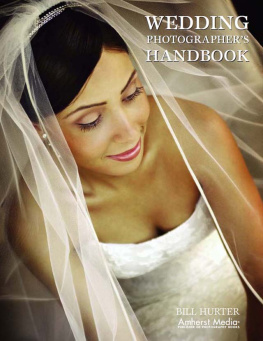
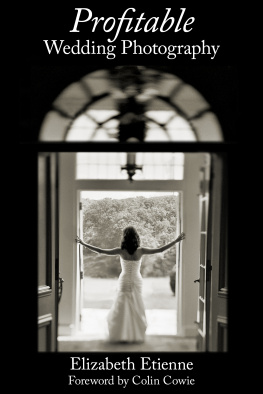
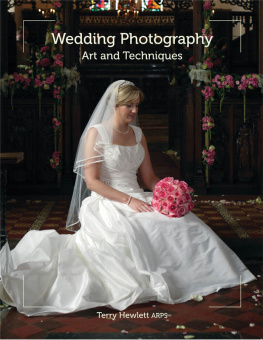
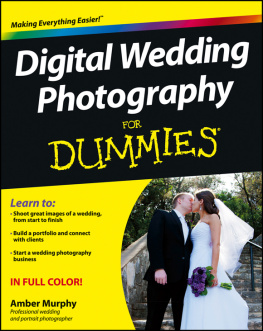

 BUFFALD, NY
BUFFALD, NY



